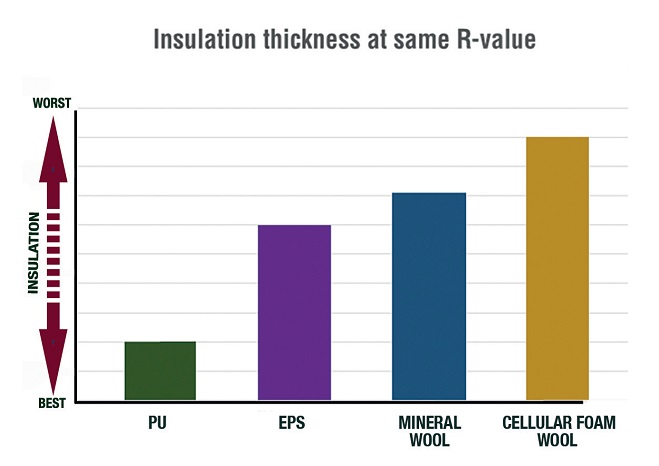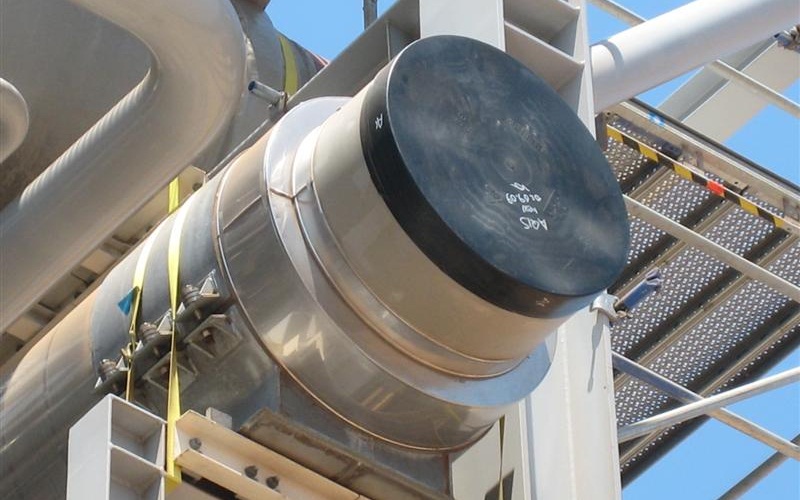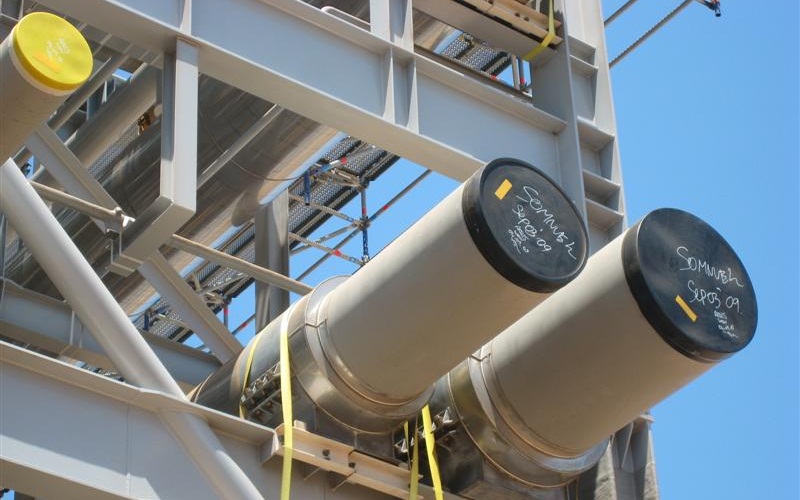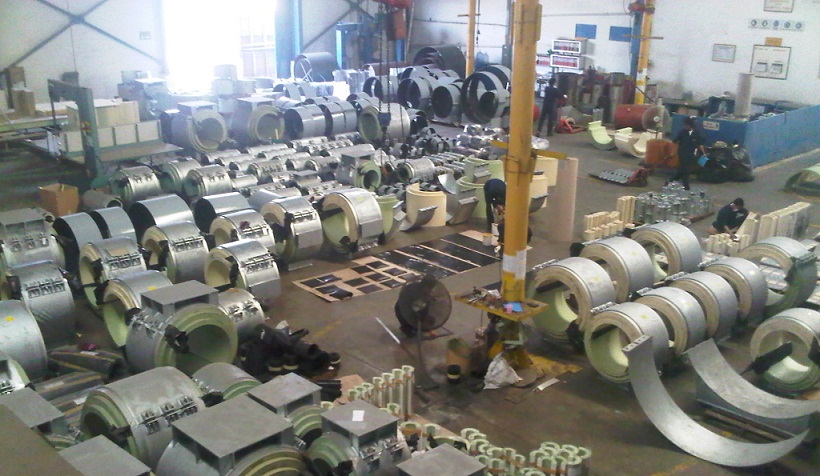LNG
LIQUEFIED NATURAL GAS PROCESSING PLANTS
For over 20 years, one of Applied Polymers strengths has been the manufacture and supply of cryogenic insulation foam systems to the LNG industry.
The world’s ongoing search for new energy supplies has resulted in strong growth in the number of LNG processing plants operating and in-planning worldwide.
Maintaining the conversion from the gas phase to the liquid phase requires high performance insulation materials such as the high performance APTANE® rigid polyurethane foam systems produced by Applied Polymers.
Applied Polymers APTANE® branded polyurethane foam systems have been specified for use in some of the largest Australian, South-East Asian, Middle Eastern and African LNG projects. The products high performance properties are able to meet the strict specification criteria required by the Oil & Gas industry.
Meeting these stringent performance requirements, supported by high level technical service has developed the company’s reputation for producing and delivering high quality and consistent products to these demanding applications.
INSULATION REQUIREMENTS FOR LNG PROCESSING PLANTS
The majority of natural gas is piped in from off-shore drilling rigs in a gaseous state. When it reaches the onshore gas processing plants the gas is cleaned and super cooled in stages down to cryogenic temperatures. This extremely cold temperature converts the gas into liquid.
The many kilometers of pipes, plus the pipe supports, valve boxes, flanges and joints at the processing plants require up to 300mm thicknesses of high performance polyurethane foam insulation to maintain the critical cryogenic temperatures which keep the gas in the liquid phase.
The polyurethane foams are also required to meet strict specifi cation criteria, to be approved for use at LNG processing plants. Applied Polymers APTANE® polyurethane cryogenic foam systems have been meeting these requirements for more than 20 years.
In the liquid state, the gas occupies about 1/600th the volume of the same mass of the gas in its gaseous state. It is therefore significantly more cost effective to transport the liquid gas through insulated pipeline systems over long distances. LNG can also be transported in specially designed cryogenic sea vessels or road tankers insulated with polyurethane cryogenic foam.
CHOOSING THE RIGHT INSULATION FOR LNG PIPELINES
Good thermal insulation properties are required to keep LNG in its liquid state after processing and during transportation. Insulation performance varies considerably between different materials and is usually measured in terms of thermal conductivity constants (or k Factor).
Thermal conductivity is a measure of the quantity of thermal energy which will fl ow through a substance. The units of measure for conductivity must quantify the amount of energy transferred in a given amount of time, across a measured thickness of material (or distance) and temperature difference.
The SI units of measurement for thermal conductivity are Watts per meter Kelvin (W/(m.K) or the number of Watts (Joules/second) transferred over a distance of one meter for each Kelvin of temperature difference.
A high thermal conductivity constant means that heat moves very quickly through the substance so it is a poor insulator; a low thermal conductivity constant however means heat moves very slowly through the substance. Materials with low thermal conductivity constants such as polyurethane foams are good insulators.
WHY USE POLYURETHANE FOAM INSULATION MATERIALS?
Polyurethane foams have amongst the lowest thermal conductivity values. Typical K factor values for polyurethane foams are in the order of 0.02W/(m.K.). The following chart compares the thermal conductivity of polyurethane foams with other insulation materials.
Polyurethane foam and silica aerogel are recognised as leading insulation materials as these have very low K Factors or thermal conductivity constants. When used in LNG processing plant applications, polyurethane foams offer several advantages over silica aerogel insulation, including significantly higher tensile strengths, higher compressive strengths, ease of application and durability. In comparison to some of the alternative insulation materials available, polyurethane foams can be applied at a much lower thicknesses yet still provide the same insulation value, which can be seen in the diagram below.







